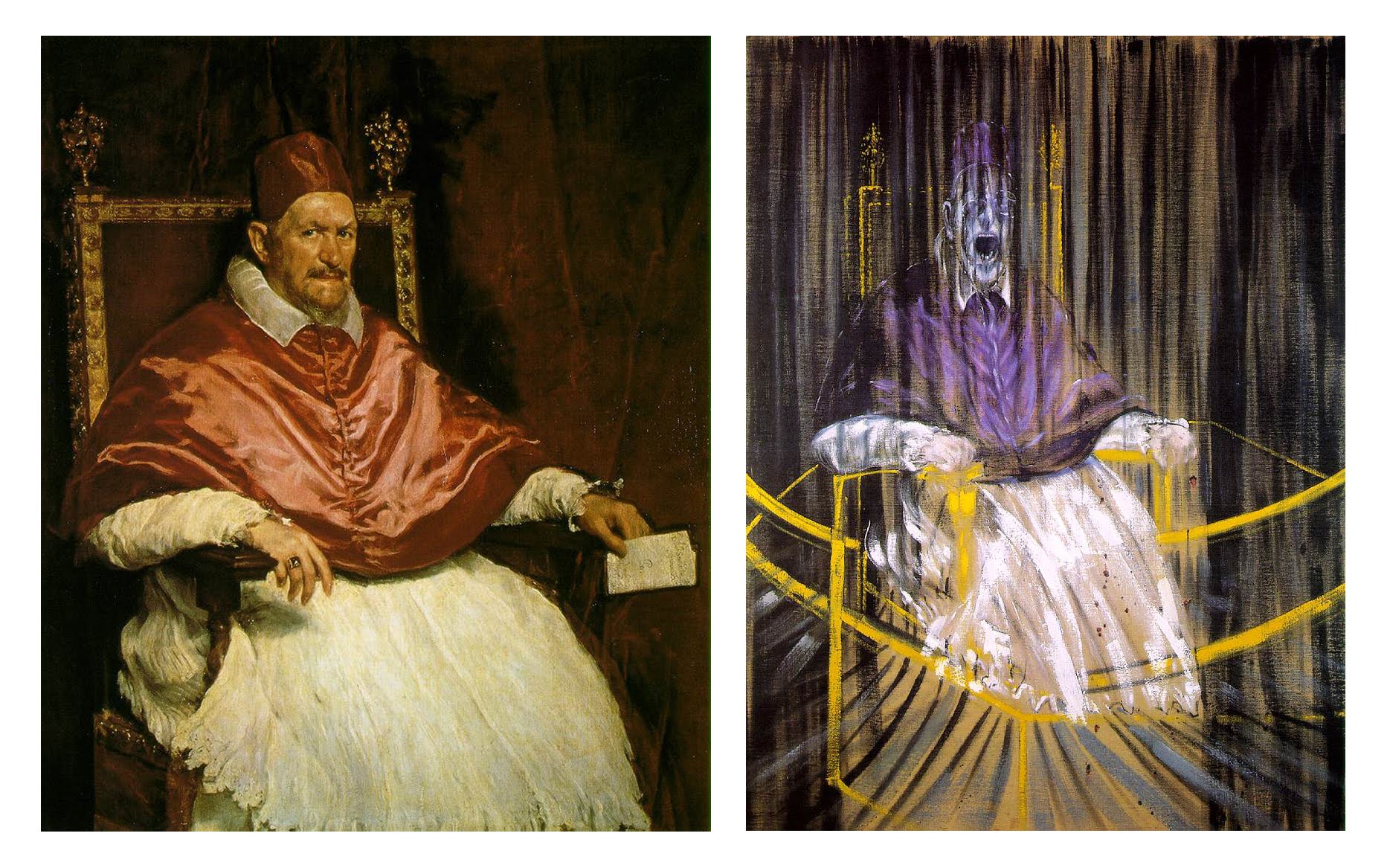Asset Classes vs Portfolio Strategies
Proliferating asset classes can be the product of clever marketing more than of fundamental differences.
Recently a client asked me why alternative investments are often considered a different asset class. It’s something I have often asked myself.
The question is not as trivial as it may seem. Part of the difficulty is that this ‘class’ includes both genuinely distinct and diverse economic activities (real estate) and assorted investment strategies (hedge funds (HFs) and private equity (PE)). Sort of a way to mix the ‘real’ with the ‘imaginary’. A logical next step is to focus on the narrower question of why HFs and PE are then considered a different asset class.
The response from the asset management industry has been cleverly constructed around an essential tenet of investing: diversification. Data from the last few decades shows that HFs and PE seem in the aggregate to possess certain characteristics (return + correlation) which tend to increase the diversification of the portfolios that hold them. This seems to go about it backwards, like justifying ‘investing’ in gold because its price movements smooth the returns path of the portfolio, while at the same time being itself an asset with intrinsic negative return (the cost of holding it). Would you put onions in the portfolio if their price behavior warranted it?
Viewed from this perspective, treating HFs and PE as a distinct asset class seems more a matter of convenience than logic. Convenience, that is, for the banks and asset managers that run and place them: an asset class – as opposed to an investment product or strategy – has more universal appeal and ranking status in a portfolio than a simple and common active investment strategy. You shouldn’t do without the first while you can always find a substitute for the latter.
If not asset classes, what exactly are HFs and PE? Of the two, PE is the activity that has more ‘intrinsic’ value, since it invests in assets like equities and bonds but in market niches (the so called ‘private’ sphere) which are not typically visible to the large public and are not priced continuously. Whether PE fund managers are any good is important but should they fail you, at least you have your money in something concrete, in slices of real economic activities. With PE you arguably have a shot at asset class returns and perhaps some ‘alpha’. Hedge funds are a different matter: managers in this category use vehicles or holdings from traditional asset classes but they trade too frequently to allow the asset classes adequate time to produce their natural results. You get only the ‘brains’, what practitioners call ‘pure alpha’, and not much participation in any economic activity. We know how that usually ends.
I don’t see how defining HFs and PE as a different asset class can be beneficial to the ultimate investors or their financial health. They should simply be called for what they are: product – or strategy – diversification within the same old asset classes.
Roberto Plaja, August 2, 2020
Cover: An example of an often-cited comparison in the context of influence. Left: Diego Velazquez’s Portrait of Pope Innocent X (1650), and, Right: Francis Bacon’s Study After Velazquez’s Portrait of Pope Innocent X (1953). Similar compositions, pose, and subject matter but a different view of the work. https://sites.google.com/site/digihumanlab/research/artistic-influence?tmpl=%2Fsystem%2Fapp%2Ftemplates%2Fprint%2F&showPrintDialog=1
